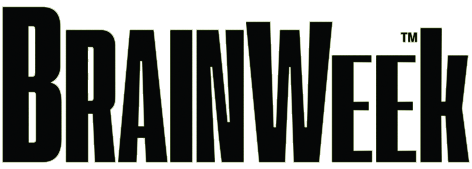Part 2: The Diamond Headache Clinic

Part 2:
See Gray Matters Issue 1 for the first part of this article here.
Acute Management & Pharmaceuticals
The American Headache Society Physician Statement and the National Headache Foundation agree that if patients are having more than 4 migraine headache days per month, they should really be thinking about prevention medicine. Why? Preventative care is the most critical piece of the puzzle: acute medicine is the least important part.
- A patient will have better outcomes if they have fewer headaches when they take prevention medicine (which doesn’t mean daily medicine)
- The notion of a daily preventative therapeutic approach is outdated
- Some new prevention technology is taken quarterly, monthly, or every other day
- Building out a strong and effective preventative strategy is key
- Rescue (abortive) strategy is important; however, if a patient is reaching for rescue treatment all the time, it means better prevention strategy is needed
Therapy efficacy is on a patient-to-patient basis depending on medical history and sensitivity to certain medications. Over the last 5 years, there has been over a dozen new therapies both in prevention and in rescue options that are well tolerated and migraine focused. “Migraine focused” is unique because the medicines that have been used over the years were borrowed from other disciplines. A medication like propranolol, for example, is a beta blocker that was stolen from cardiology. There are antidepressant medicines and antiseizure medicines that were stolen from psychiatry and neurology and now have migraine specific therapies that can be utilized. Triptans are good medicines if patients are taught how to use them the right way. Dihydroergotamine and ergotamine are good therapeutic options, again, if patients are taught the proper methods of utilization. Building out the best prevention and building out rescue options is a patient-to-patient consideration.
Clinician Tips
Not every doctor is going to be comfortable taking care of headaches and working with headache medicines. What is most important is for a clinician to become confident in making the diagnosis, either by using the ID-Migraine, or simply taking a good history and being familiar with the criteria of what makes up the diagnosis of migraine. Understanding leads to being able to make the diagnosis and shorten the time from 9 years to maybe today. If someone is a pain specialist or a primary care doctor but does not think they are the right person to treat the migraine, they can at least refer to a headache specialist or a neurologist after making the diagnosis. That would be the bare minimum. It’s acceptable if a clinician does not feel able to
treat the headache, but they must know how to make the diagnosis and get the patient somewhere where the correct therapies can be onboarded.
Working With PAINWeek and BRAINWeek
If the data are correct, doctors who treat patients with headache don’t know enough about headache medicine. It is not their fault that they were not trained. It’s not their fault that the body of literature was not focused on. But it can be now, and it is one of the guiding principles of the Diamond Headache Clinic: to not just know about headache medicine, but also to teach and share understanding and experience when it comes to headache medicine. Not from opinion but from the science. Science continues to evolve and grow, and it is critical that DHC sits at a table or auditorium and talks about the changes and development in migraine and give the floor to people who are trying to learn so they can ask questions and solidify their understanding of headache medicine. Collaborations such as DHC and PW and BW ensure that when practitioners go back to their practice, they are prepared to take care of those patients who walk through the door.












